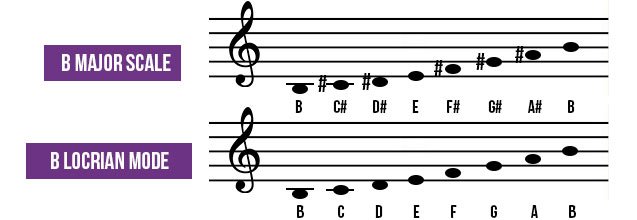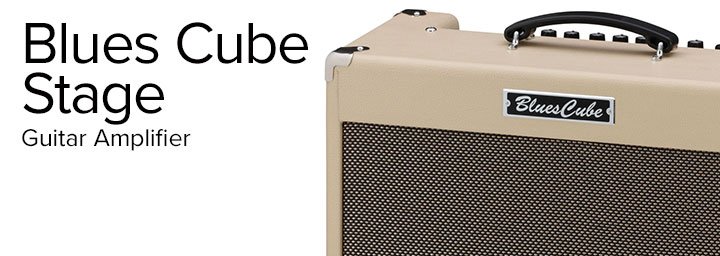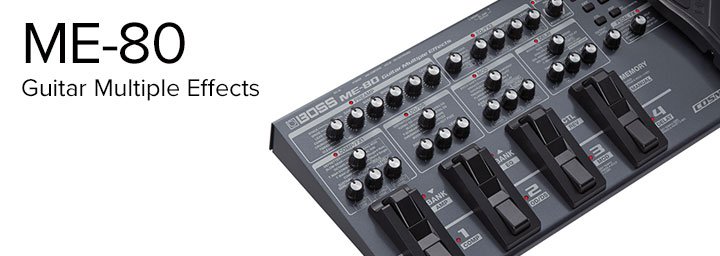Background
Most people believe that the musical modes can be traced back to different tribes in ancient Greek society (The Ionians, The Dorians, The Phrygians, etc) and each of these communities had their own distinctive musical ‘feel’.
If this is true, then it is fair to assume that some of the community groups were pretty happy (Ionians), some of them were a bit sad (Aeolians) and some were carefree (Lydians).
There is not a great deal known about the Locrians, aside from scant details on a few wars, but if their musical structure was any indication of their personality traits, they may have been.. well… leaning towards eccentric.
Equally, there might also be a case to argue that they were just more musically advanced than the other Greek tribes. The Locrian mode is different. Very different. In isolation, it is tense and unresolved, musically complicated.
Contributed by Mark Smith for the Roland Australia Blog
The Locrian Flavour
Every week, these articles have stressed that in modern music, the modes are far more than just a sequence of notes that you can use to solo – they get their unique flavour from the way they fit in with the underlying chord progressions. In fact, it is actually quite rare that a guitar player will stay on one mode for the entire duration of a solo, because the ‘flavour’ comes from the context of the underlying chords.
Typically a guitarist would do little more than simply work out the key of the song before starting to solo. However, using modes requires that you think a little differently – break down the song into sections (verse, chorus, middle etc), take a look at the chord structure for each section and then choose a mode.
However, in the case of the Locrian mode, this doesn’t strictly hold true – since there is really only one implied chord to play your Locrian chops over – a m7b5 (also known as a half-diminished seventh chord). For this very reason, there are very few Locrian based chordal songs out there – and I can’t find any instantly recognisable song examples, although the bass line in Björk’s “Army of Me” is close.
So, rather than being unusable, the Locrian mode is really effective when used to give a particular feel to a certain part or parts of a song, like a turnaround or as part of a bridge. In fact, this is exactly how to use modes – in the context of distinctive underlying chord progressions, looking for patterns.
Since the Locrian mode is quite tense and unresolved, it is the perfect choice to play over a m7b5 chord. When the underlying chord next changes, the music can be resolved to have a happy ending, sad ending or a mysterious ending, by using the other modes.
The Theory
In the first ‘Introduction to Modes’ article, we saw how the Locrian mode is the 7th mode of the relative major scale (starts and ends on the seventh note of a key).
For example, if we are in the key of C, the notes of the major scale would be C, D, E, F, G, A, B, C. The Locrian mode contains exactly the same notes, but starts and ends on the 7th tone, so it would be B, C, D, E, F, G, A, B and look like this:

Since the B Locrian mode contains exactly the same notes of C major scale, why bother with a fancy name? Good question! Because the sound of the mode depends on the underlying chord. Why? Well, first you need to understand how the Locrian mode compares to its relative major scale.
B Major Scale B, C#, D#, E, F#, G#, A#, B
B Locrian Mode B, C, D, E, F, G, A, B
You can see from the diagram above that the difference between the B Major scale and B Locrian mode is that the second, third, fifth, six and 7th tones have been flattened (whew!).
For this reason, the Locrian mode is often written as 1 b2 b3 4 b5 b6 b7.
When to Use the Locrian Mode
When you are in the key of C, the B Locrian mode contains the notes B C D E F G A B. Using basic chord theory, if we take the 1st, 3rd, 5th, and 7th notes (B D F A), we have the unusual Bm7b5 chord, which is also known as a B half-diminished seventh. So, when you see/hear a m7b5 chord in a song, reach for the Locrian mode to build the tension.
Video Example
In the video below, guitarist Roberto Restuccia demonstrates the feel of the Locrian mode. This smooth jazz track revolves around a Cm7 > Abmaj7 > G7+5 > Dm7-5 G7 progression before it introduces chord substitutions. Here are approximate times that show how Roberto broke up his approach to the solo:
0 secs – 13 secs Locrian mode
~13 secs: Minor 7 flat 5 Arpeggio
23 secs – 26 secs: Locrian mode
46 secs – 49 secs: Diminished Arpeggio
58 secs – 1.00 min: Diminished
Try it Out for Yourself
Thanks to the good people at Coffee Break Grooves, you can download everything you need for free (backing track, chord chart and finger positions), then try it out for yourself. The full backing track goes for more than 10 minutes, so there is plenty of time for you to get your chops down without having to start/stop/rewind.
After a couple of practice runs, you will start to hear the flavour of the Locrian mode when used in context of the underlying chords, and you can get some interesting tonal blends, but we bet you can’t make it work for more than a few bars at a time!
DOWNLOAD► Locrian Mode Finger Positions
Related Articles
Introduction To Modes
Ionian Mode
Dorian Mode
Lydian Mode
Aeolian Mode
Mixolydian Mode
Phrygian Mode





